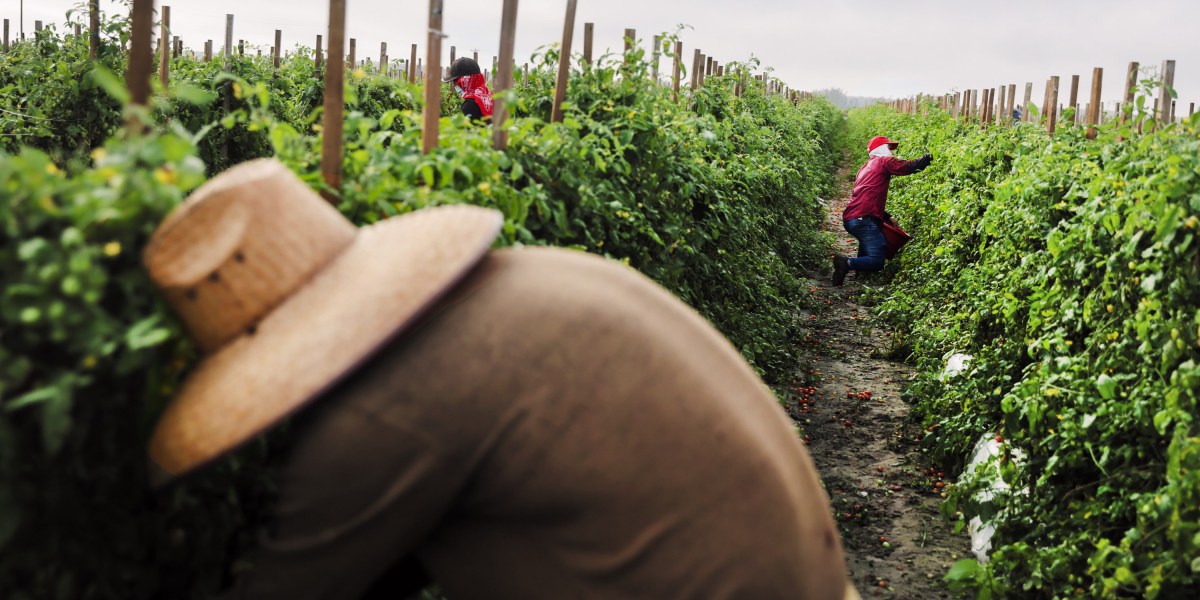But because farmworkers are largely from Latin America (63% were born in Mexico) and nearly half are undocumented, “it’s difficult for [them] to speak up about [their] working conditions,” says Chicas. Workers are usually careful not to draw attention that “may jeopardize their livelihoods.”
They’re more likely to do so if they’re backed up by an organization like the Farmworker Association of Florida, which organizes agricultural workers in the state. FWAF has collaborated with the Emory program for more than a decade, recruiting farmworkers to participate in the studies and help guide them.
There’s “a lot of trust” between those involved in the program, says Ernesto Ruiz, research coordinator at FWAF. Ruiz, who participated in data collection in Florida this past year, says there was a waiting list to take part in the project because there was so much interest—even though participants had to arrive at the break of dawn before a long day of work.
“We need to be able to document empirically, with uncontroversial evidence, the brutal working conditions that farmworking communities face and the toll it takes on their bodies.”
Ernesto Ruiz, research coordinator, Farmworker Association of Florida
Participants had their vital signs screened in support of the sensor research. They also learned about their blood glucose levels, cholesterol, triglycerides, HDL, and LDL. These readings, Ruiz says, “[don’t] serve any purpose from the standpoint of a predictive variable for heat-related injury.” But community members requested the additional health screenings because farmworkers have little to no access to health care. If health issues are found during the study, FWAF will work to connect workers to health-care providers or free or low-cost clinics.
“Community-based participatory research can’t just be extractive, eliciting data and narratives,” Ruiz says. “It has to give something in return.”
Work on technology to measure heat stress in farmworkers could feed back into policy development. “We need to be able to document empirically, with uncontroversial evidence, the brutal working conditions that farmworking communities face and the toll it takes on their bodies,” Ruiz says.
Though the Biden administration has proposed regulations, there are currently no federal standards in place to protect workers from extreme heat. (Only five states have their own heat standards.) Areas interested in adding protections can face headwinds. In Florida, for example, after Miami-Dade County proposed heat protection standards for outdoor workers, the state passed legislation preventing localities from issuing their own heat rules, pointing to the impact such standards could have on employers.
Meanwhile, temperatures continue to rise. With workers “constantly, chronically” exposed to heat in an environment without protective standards, says Chicas, the sensor could offer its own form of protection.
Kalena Thomhave is a freelance journalist based in Pittsburgh.

